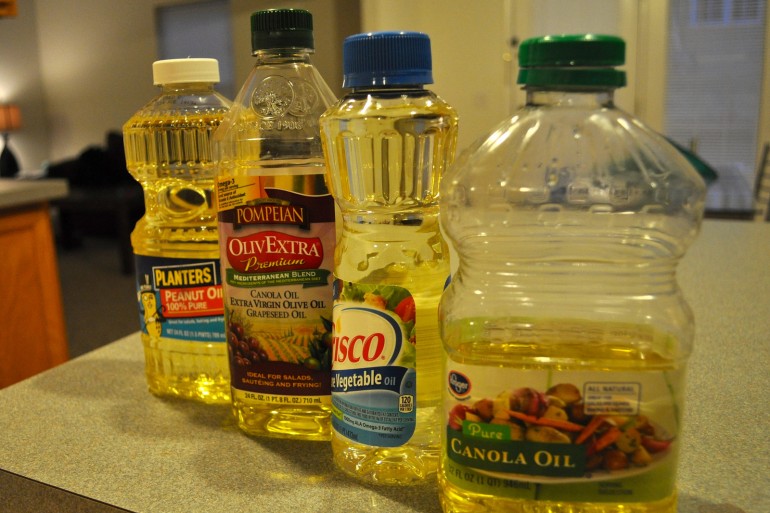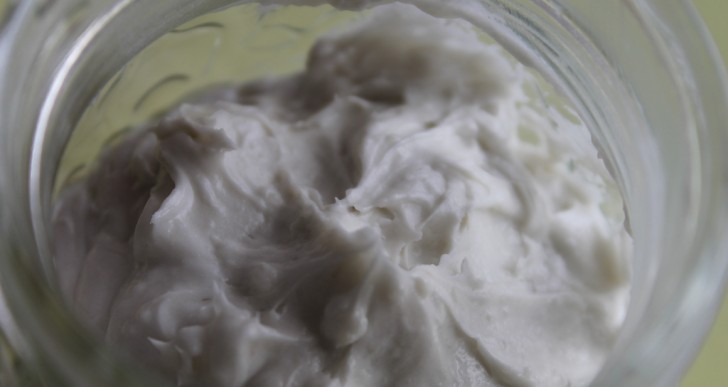It’s no secret that coconut oil is the new kale and olive oil is basically the nectar of the gods, but kitchen oils don’t stop there. There are literally dozens of kinds and dozens of ways to use them. We all know some of the basic purposes: drizzling over salad, substituting for butter, sautéing veggies, etc. While it’s great to be familiar with the essentials (check here for some common kinds and here for how to use them), it’s even better to understand when and how to get a little fancy for those special occasions.

Photo by Rachael Ferreira
Oils are obviously important for heating things, but not all oils are created equal here: different oils should be used for different processes. Each type of oil has its own smoke point, a temperature at which it will begin to emit smoke and may change color. At this temperature, toxic compounds can begin to form. If you’re heating oil and notice smoke, get rid of it, clean the pan thoroughly, and start over! It’s important to use the right kind of oils for the cooking style you’re using, depending on how hot the food will get. A rule of thumb: the more refined the oil, the higher its smoke point will be. But remember, just because an oil has a high smoke point and can undergo the process you have in mind doesn’t mean that it will taste good with the particular food you’re preparing. For example, sesame oil is great for light sautéing and stir-frying, but it has a distinct flavor.
Now that you’ve got the basic rules down, here’s a primer on what’s safe and what’s tasty:
Frying, searing or browning foods
You’ll need an oil with a high smoke point. Almond, avocado, grapeseed, refined olive, and sunflower oils can withstand lots of heat. They all have fairly neutral flavors, although each does have its own taste.
Baking, stir-frying or oven-cooking
An oil with a medium-high smoke point is your best pick. Extra virgin olive oil, coconut, peanut, macadamia, canola, palm, safflower and walnut oils are all good here. (Remember, if you are allergic to nuts, you could be allergic to nut oils!) Peanut, macadamia and walnut oils each have a distinctive nutty flavor. Coconut oil has a very mild, slightly sweet flavor. Palm and safflower oils are also mild.

Photo by Madison Ivey
Lightly sautéing, baking with low heat or making a sauce
Oils with medium smoke points are useful. Try sesame, corn, soybean, or pumpkinseed oil. Soybean oil is mild, but the other three have strong flavors.
Preparing a dip, dressing or marinade
Flavor is everything. Since you won’t be heating the oil, you don’t have to worry about the smoke point. You can use the oils that have higher smoke points for the lower-heat cooking styles, especially this one! Let your taste buds guide you.

